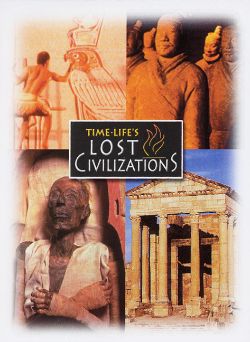
These are the last breath of the Anasazi in this part of the world. Perched on ledges and tucked into cracks of this canyon are the ruins of cliff dwellings. I've filtered water through my teeth, drinking out of sun-warmed pools that taste like dirty aquariums. I've sucked on balls of damp clay scrounged from a dried mud pit. I know what it's like to not have enough water. I've been in this desert when the springs were dry. Settlements that once stood proudly atop mesas fell to ruins. Then, when the population reached its highest level, a severe drought hit. When rainfall was reliable and water tables were up, the Anasazi built their roads and monuments. Water is what made everything possible here. It tastes clean, filtered through 10 million tons of sandstone. I have ample water in my pack, but I feel compelled to crouch beside one of these seeps and drink.


The answer lies deep within the canyon.īelow the stairway, water seeps from bare rock-an amphitheater filled with the drips and spatters of abundant springs. Between 12 A.D., they stopped building entirely, and the land was left empty. Then, within a single generation, they were gone. The Anasazi lived here for more than 1,000 years. You can see a person's body there, formed on the rock with arms sticking up in the air and legs pointing straight down and a torso. There are figures carved into everything. Its walls are decorated with rock art: petroglyphs of animals and people and pre-Columbian symbols. The canyon opening is the size of a ballroom. All of this material has been found in excavations, evidence of extensive trade routes. Traders and migrants would have followed them, carrying exotic birds and carved sea shells elaborately painted pottery and colorful, loom-woven textiles. They were probably used by Anasazi caravans. Four hundred miles of these roads have been documented. You're on the route.Ī friend of mine, an archaeologist, recently discovered that this stairway is part of a prehistoric road, a 30-foot-wide corridor the Anasazi cut across the desert. They're two feet wide and three feet wide, cut deep into the rock, so that it's very clear that this is the way. You walk down these first one, two, three, four, five steps, and then the steps start getting deeper. It's the largest stairway out here I know of. I can see where it was chiseled by hand, the hammer strokes of stone tools. This was a landscape of monuments.Ĭoming down into this canyon I reach an ancient stairway. Huge, round ceremonial chambers with 90-ton ceilings. Single buildings the size of the base of the Sears Tower. Their ruins are everywhere out here, the remains of a great Neolithic civilization. Waves of sandstone reveal a deeply carved canyon below. I'm walking across bare rock where the desert unfolds. A visit to an Anasazi site in southeastern Utah offers clues.

Commentator Craig Childs is author of House of Rain, a new book that tries to solve that ancient mystery. Then, apparently without warning, the Anasazi all but disappeared. Their civilization was as complex and sophisticated as that of the Mayans. This work was described in a study published May 19 in the journal Earth-Science ReviewsĮmail Chelsea Gohd at or follow her on Twitter Follow us on Twitter and on Facebook.As they headed south in search of rain, the Anasazi left behind trails of pottery and architecture.įor 1,000 years, long before Columbus, the Anasazi Indians were lords of what's now the American Southwest.

While the new study work is exciting and suggestive, the team acknowledges that more evidence and more research is necessary to better understand how this impact could have affected global climate and, ultimately, human civilizations, according to the statement. Did civilization, therefore, begin with a bang?" Sweatman said in a statement. "This major cosmic catastrophe seems to have been memorialized on the giant stone pillars of Göbekli Tepe, possibly the 'World's first temple,' which is linked with the origin of civilization in the Fertile Crescent of southwest Asia. This work builds on previous research that has suggested that a significant impact may have preceded the beginning of the Neolithic period, the first part of the Stone Age in which a number of major developments in human civilization took place, including notable steps forward in agriculture, architecture and stone tools.Īt this time in history, humans in the "Fertile Crescent," which encompassed countries we know today as Egypt, Iraq and Lebanon, were moving away from nomadic, hunter-gatherer lifestyles to more permanent settlements.


 0 kommentar(er)
0 kommentar(er)
